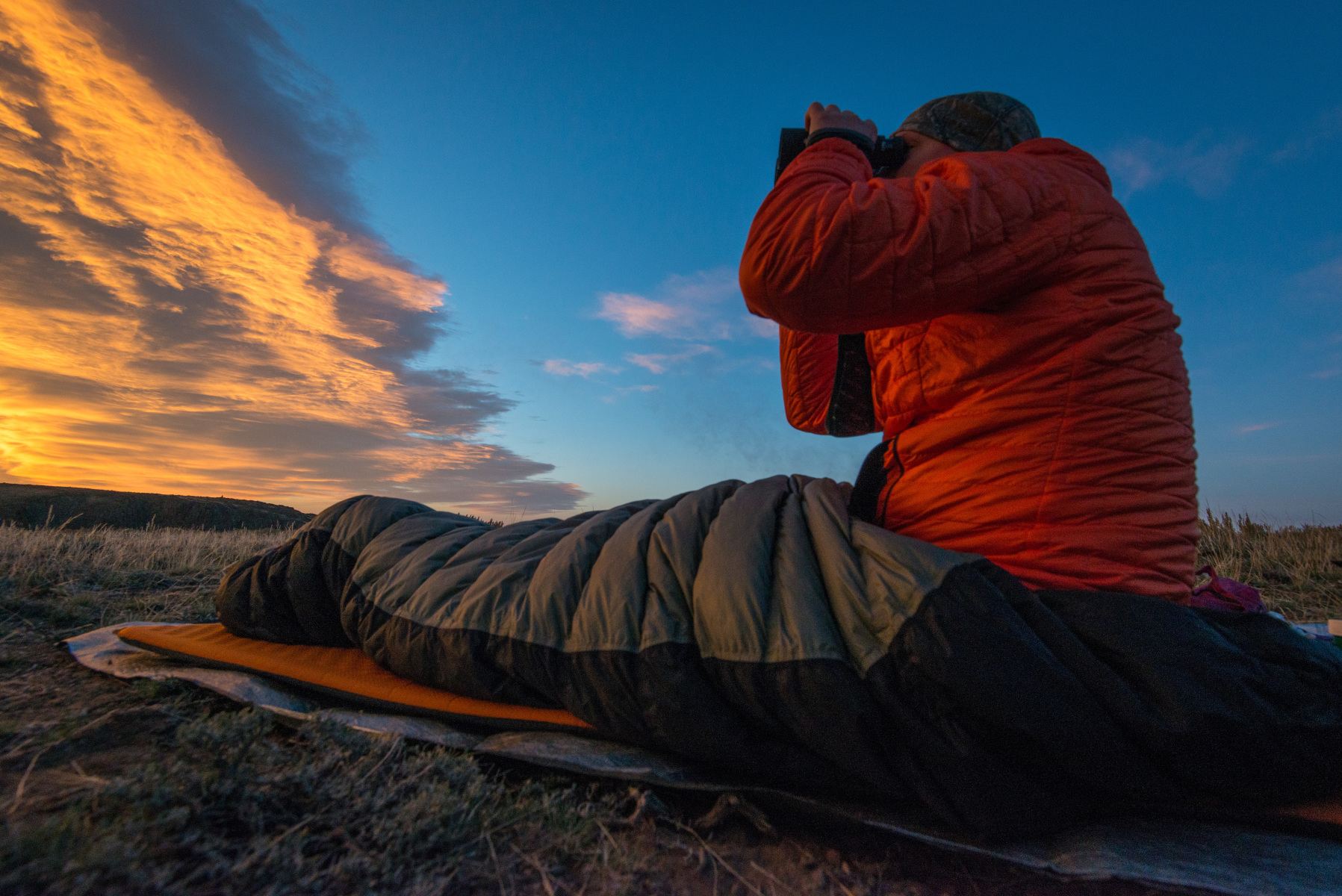Four Secrets To Finding More Game

Humans are decidedly visual hunters. Sure, we’ve got four additional senses, and when we’re performing at our highest levels they all contribute. But relative to most other terrestrial mammalian predators, we are disproportionately reliant on sight to find and follow game. That fact is so fundamental that we often fail to (ahem) see it. Consequently, we rarely give it appropriate emphasis when assembling our field strategies and tactics. By integrating a few simple glassing techniques into our game plans though, we can embrace our sight-centric natures, play to our strengths and find more critters.
Here are four tips and tricks to help you spot more of whatever it is you’re looking for:
Glass Early, Glass Often – Something across the canyon catches your eye. You freeze, grab your binos and take a closer look… just another elk bush. That’s a great way to use your specs. Unfortunately, for many, it’s the only way they use them. But binoculars enhance your vision in nearly any circumstance. They give you super powers, but only when you’re looking through them.
A good set of binoculars enhances contrast, brightens colors, cuts through darkness and shadow, and gives you a fresh, often advantageous perspective on a scene. And of course they bring you closer to the action. As such, I virtually live in my glasses when I’m in the hills.
Step one to establishing the habit of using your binos more often is keeping them accessible at all times. A comfortable harness or strap can go a long way on that front. The next piece of the pie is repetition. Try establishing a pattern or rhythm – step, step, glass….step, step , glass – that works for your situation, and stay with it for a few days. In time it’ll become second nature. You’ll be seeing the world in a whole new way before you know it.
Don’t Over Think It – We’ve all been there. You’re watching an empty hillside when suddenly the innocuous patch of dirt and brush you’ve been staring at transforms into a furry shoulder and the graceful curve of a neck. A half second later, you realize the empty slope is actually teeming with bedded deer. You’d been looking at them all along, just not seeing them.
“Functional fixation” was likely the psychological phenomenon at fault. Ever get hung up on a crossword clue, only to put down the puzzle in frustration, then have the answer come to you the instant you stopped thinking about it? That’s the same deal. Consciously or not you had an image in your head of what you were looking for – a face, a white rump, or set of antlers maybe – and that kept you from seeing the shoulder and neck.
It’s easier said than done, but try to keep pre-conceived notions of what you’re looking for out of your head. Periodically letting your eyes unfocus then refocus can help with this. As can fighting the instinct to drill down on one spot, in favor of taking in an entire field of view altogether.
Guilty Until Proven Innocent –I have a buddy who’s always the first to spot animals. It’s maddening. I asked him once how he did it.
“I glass every bush, tree, log, stump, rock and clump of grass as if it’s a deer,” he told me. “Everything I see is a deer until it convinces me otherwise. And I’m hard to convince.” It didn’t feel much like useful, or even usable advice to me at first. But I’ve come to realize that he’s onto something. If you can train yourself to believe that each fallen branch is a set of elk antlers, know that the antelope are on that ridge somewhere, and expect that you’re going to see deer each time you raise your glasses, you’ll be shocked to learn how often you’re right.
Don’t Skimp on Glass – I’m a firm believer that a hunter should invest in the best possible optics that he or she can afford. There is probably more written about guns than any other tool known to man. And true to form, I consider my big game rifle a crucial piece of hunting equipment. But in a typical hunting season, I may fire it a half dozen times. I use my binoculars, by contrast, for hours each and every day I’m in the field. They shoulder a heavy workload the rest of the year too. Shouldn’t they receive at least the same level of scrutiny, consideration and prioritization as our firearms?
The difference between the right and wrong optics is often, simply put, the difference between finding what you’re looking for and not. Stay tuned later this week for more on how to tell the difference, and how to select the right tools for what you do.


Very good advice. John Barsness wrote a good article in Gray’s some years ago about hunting musk ox in the Arctic with and Inuit guide. Who spent hours and hours glassing and commented on most folks inability to slow down and watch
I’ll have to track down a copy of that, thanks Tobin! And thanks for reading.